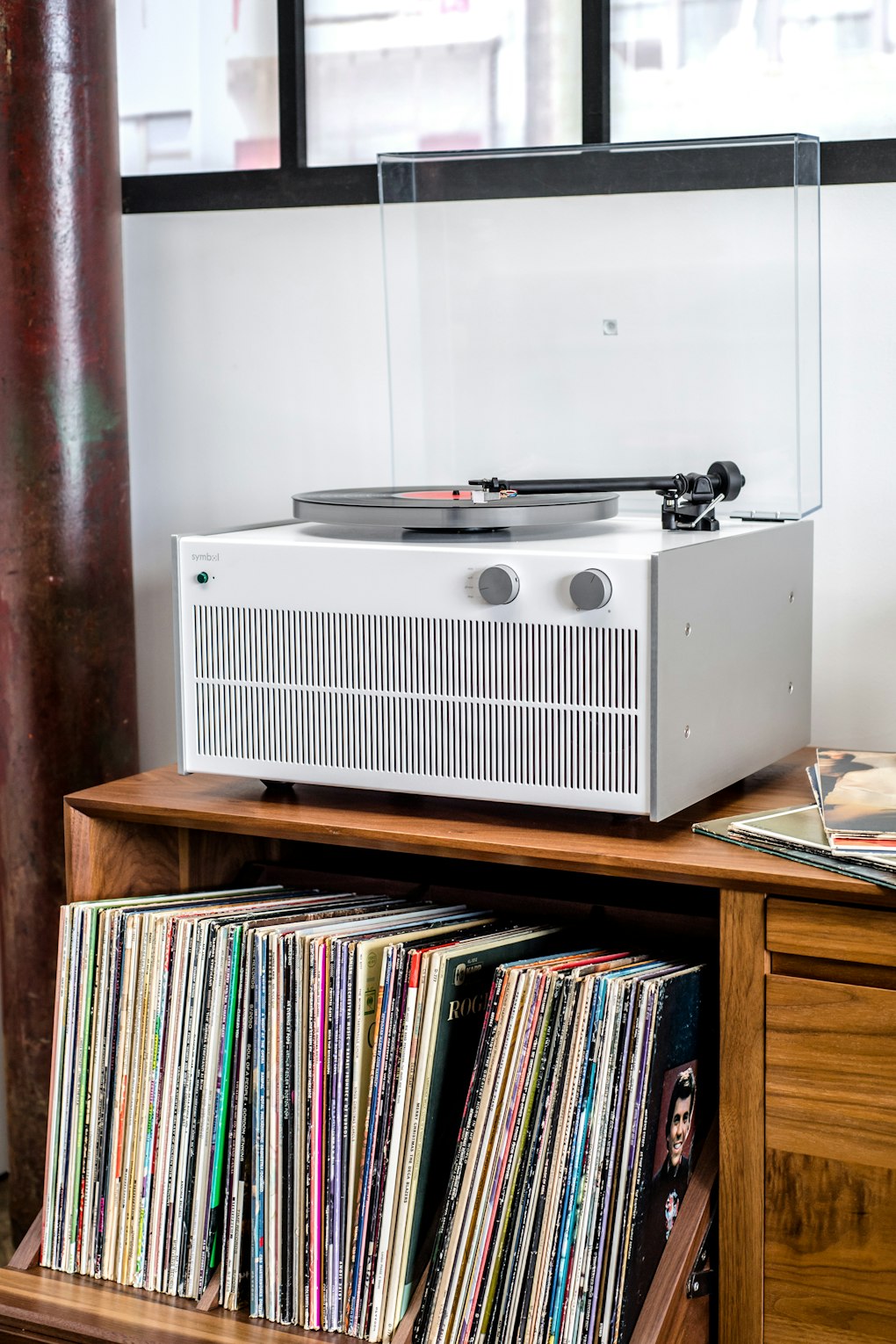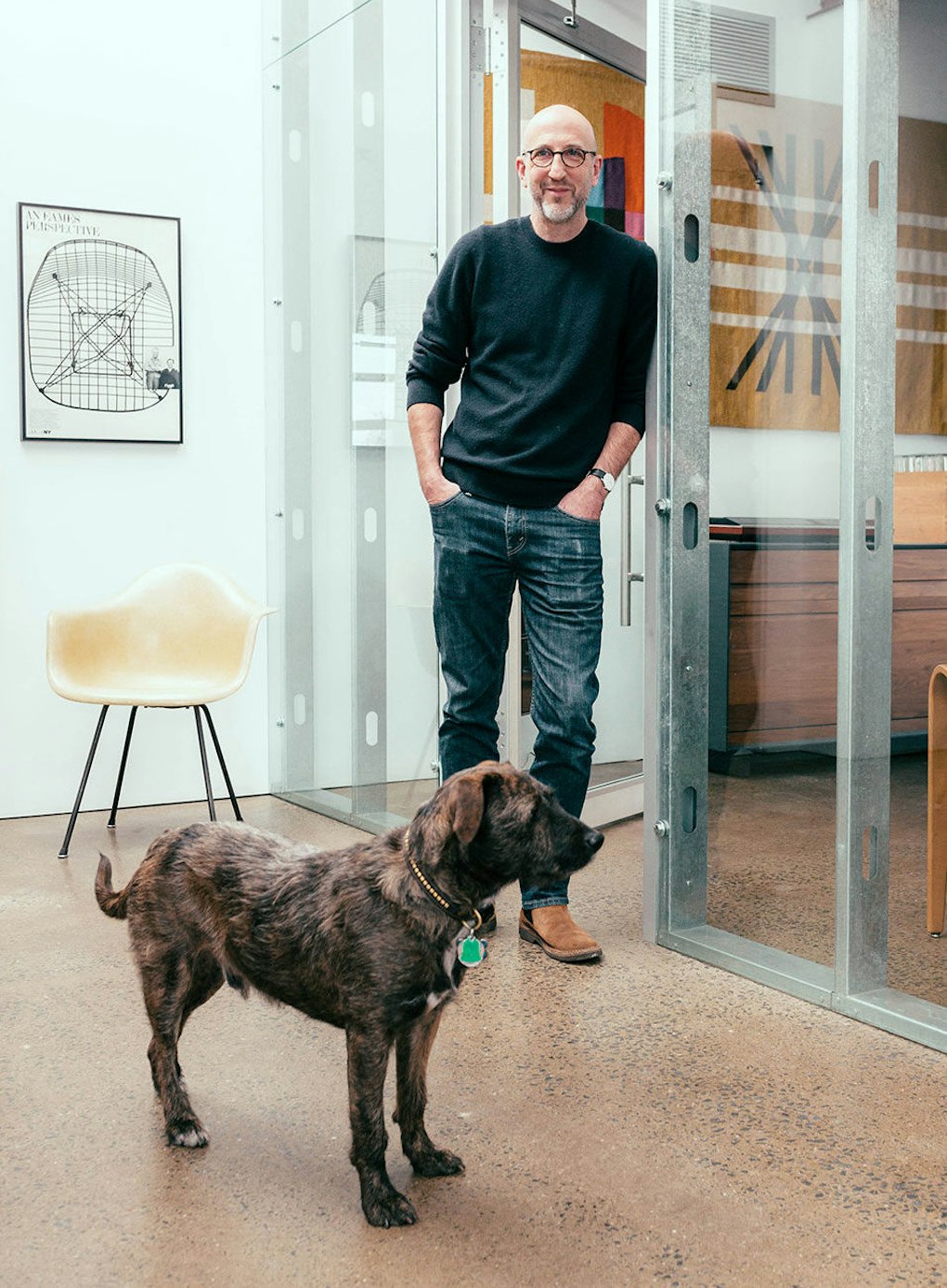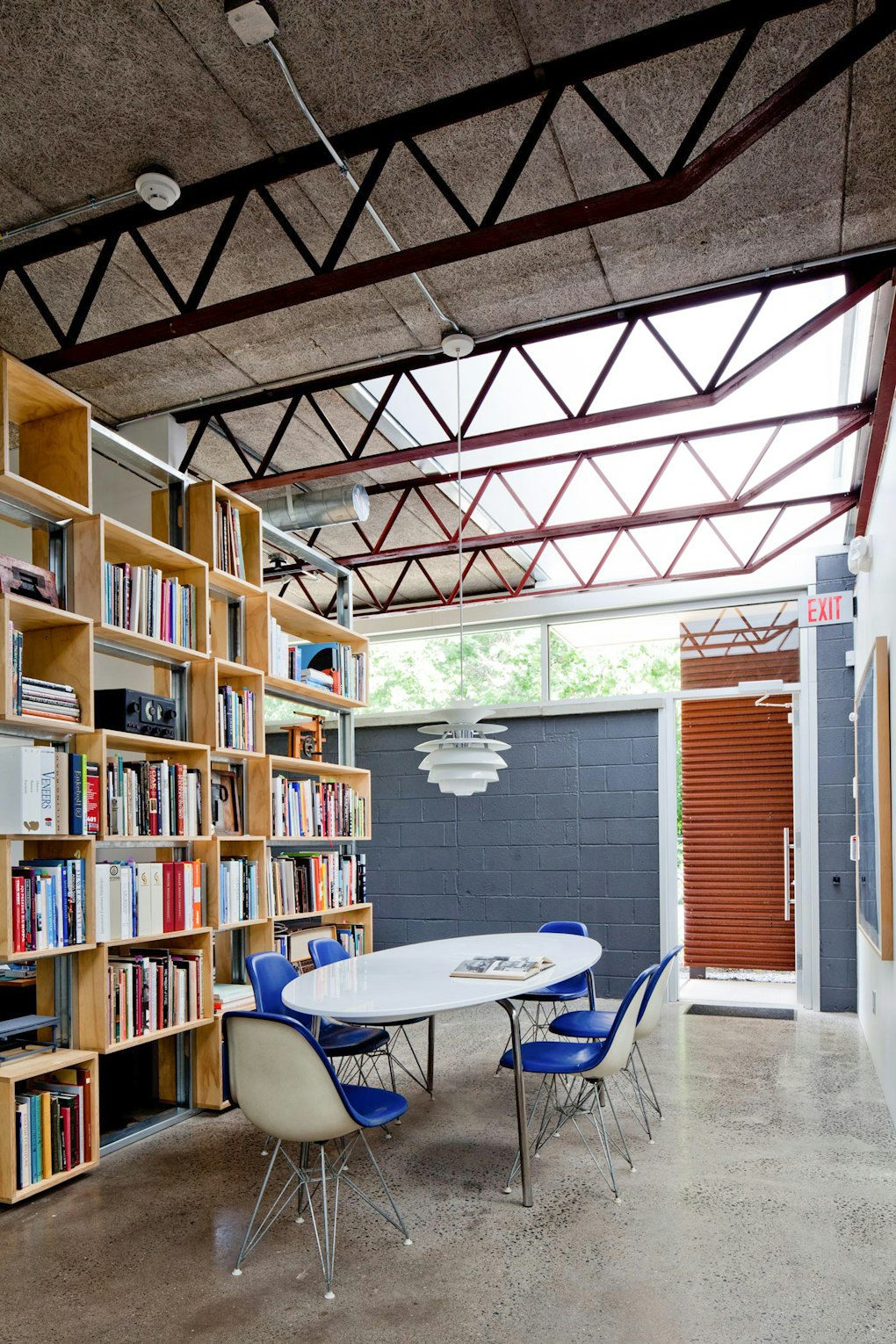
Interview: Blake Tovin (Symbol Audio)
Very few people have had as deep a breadth of experience or career impact on the American furniture industry as Blake Tovin. With over 25 years in product development, branding, and marketing, Tovin’s work has influenced numerous specialty retailers such as Crate & Barrel, Restoration Hardware, EQ3, and many more.
His own design practice has spurred a number of successful enterprises including Tovin Design Limited and Symbol Audio. Symbol Audio is Tovin’s most recent project and is focused on modern audio HiFi consoles and vinyl LP storage cabinets in the tradition of fine furniture.
What inspired you to work in furniture design? We’d love to know how it all started.
Well, a couple of things. My father was a business guy but worked for a company that had a real commitment to design, the Container Corporation of America. CCA did some top-of-the-line graphic design and early package design work. The first Art Director of the company was Herbert Bayer from the Bauhaus, and he brought in a lot of very modern thinking. My mother is more of a fine arts person and between the two influences, I just gravitated towards the arts.
I ended up going to what was then Philadelphia College of Art, now the University of the Arts, for painting initially. But while still in High School I participated in a work-study program with an architecture firm and learned woodworking in their millwork shop. At school, one of the freshman electives was fine art furniture making. At the time art furniture was taking hold as part of the craft movement. It immediately clicked in.


Did furniture feel like a big change or more of an extension of what you had been developing in your painting practice?
I sort of forced one on the other. I remember thinking about how the ideas I was working on with painting could become three-dimensional. Very quickly I started to move more towards the idea of furniture as sculpture, blurring the line between functional and non-functional. The program I was in had grown out of the craft movement that began in the 60s and 70s. I wasn't coming into it as a pure craftsperson, I was more interested in ideas and pushing boundaries. I started mixing metal and wood and even some plastic. It was not received well by the department which had an almost religious reverence for wood.
When I left school, I was very interested in trying limited production furniture. Art furniture, but art furniture that was made in multiples. I ended up, of course, struggling to find a way to make a living and started doing visual merchandising as a sideline to make money. It was just a way to make a living but I was able to use my shop and design these store windows that were mixtures of sculpture and product display, it was a weird time to get through but those skills did become useful later when designing showrooms and show booths.
I ended up getting my first real design job in New York working for Jack Lenor Larsen [the textile designer]. He had a furniture division and he was looking for someone who had a background in furniture, but also in craft, which was aligned with the kind of design he was doing in textiles.
At Larsen I learned how to work with factories to set up manufacturing relationships. We had relationships with factories in Germany, Italy, England, and France, but mainly Germany and Italy. I was doing very little design and much more product development working with architects and other people. Larsen gave me a lot of responsibility, so it was a great experience. I did that for five or six years before going out on my own to do design work for furniture companies and retailers.
What is your ambition with Symbol Audio? What was missing for you in your other design work?
The whole thing of driving all aspects of the business yourself versus working with a client to solve their needs. I wanted to see what it’s like to control all aspects of a business from product design to marketing. Symbol is in effect an experiment to leverage the skills we used for our design clients on a new company where we essentially acted as our own client.
It’s refreshing to hear someone articulate one of the main drivers for starting a business as a creative opportunity. It's a privilege to be able to be in that position but at the same time, it’s hard to imagine a better reason for doing anything – getting to work with people you like and respect in a way that enriches your life.
It's a great thing. A lot of people are fearless in business. They'll burn hot, crash, and then start another. I was much more methodical and careful and I didn't do it at a time in my career where I was totally dependent on its success to survive. Symbol was completely self-funded. We got a lot of people to pitch in which was really fun. We had a lot of help getting off the ground. It was important to me to hit the ground like a “fully-formed company.” I really didn't want to be in a little booth in the corner with no lights for years so I waited a long time for the right moment to launch Symbol.
Is that a piece of advice you would give to other designers or makers, to try and find a way to be as fully formed as possible early on?
It’s not always possible but if you can do it I think the added level of credibility can be very helpful in getting off the ground in the beginning. If you have the sensibility to do something on a high level, even if you start small, it reads through.

It's still early days in collaborating with High Tide. What has it been like to continue to develop the visual and communications narrative of Symbol?
It's the ultimate luxury to be able to work with other designers who are better than you, especially in things that are not in your sweet spot. For me, this has been a long-term wish, to work with really good graphic design and branding people who can take you to the next phase, the next level of sophistication.
Are there any upcoming Symbol product launches people should mark their calendars for?
We have been working with McIntosh for over a year to create their first dedicated cabinet program designed around the specific height, depth, weight, and airflow requirements of McIntosh audio equipment. The program will be rolling out over the next several months and will be exclusively available through select top-tier McIntosh dealers. McIntosh has been the premiere producer of high-end audio components in America since 1949. We are very excited to have the opportunity to work with them and love the idea of pairing two American manufacturers together.
Do you have a favorite record store, a place you would encourage people to support?
We always like to support our local record store in Nyack Main Street Beat. Stopping in when walking to get lunch had been a ritual for us prior to the pandemic and we're all really looking forward to being back in the store.
This question is more of a furniture Public Service Announcement. There are so many furniture brands with varying degrees of quality all over social media and the internet. When you look at furniture what is your lens? How do you judge if something is worth investing in?
The furniture industry is huge and you may be looking at furniture in three different stores that are all coming out of the same factory but with vastly different price points. With a lot of it, you just have no way of knowing what you are paying for. I’m in the same boat as everyone else, it all seems like a lot of money for something you may not be all that thrilled about. With Symbol we just want to make really nice, well-designed, domestically produced, solid wood products that have inherent value and the quality is clearly evident.
You've mentioned you don't buy a lot of new furniture, you tend to look for vintage pieces. Because of the quality of the Symbol products, is it a bit of future fantasy that someone will be able to rediscover and find new value in Symbol furniture years down the line?
That would be the ultimate validation. Assuming people continue to be interested in records, our cabinets will just be sold from one person to another, it's not something you're going to put on the curb. Simple, functional designs built from solid wood will have multiple lives and that’s the ultimate sustainability story.